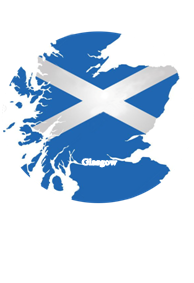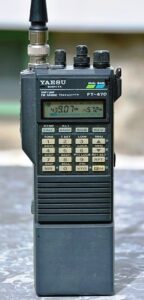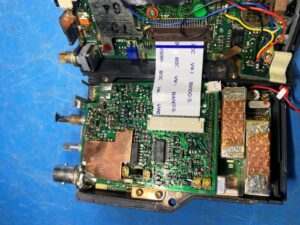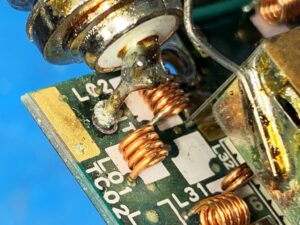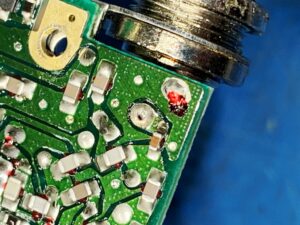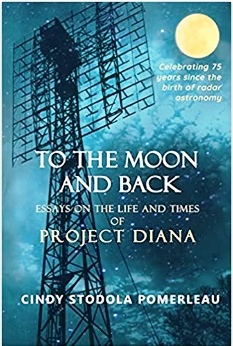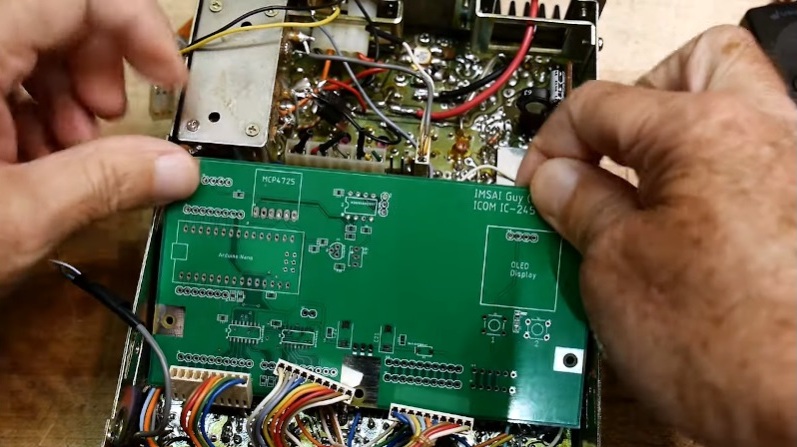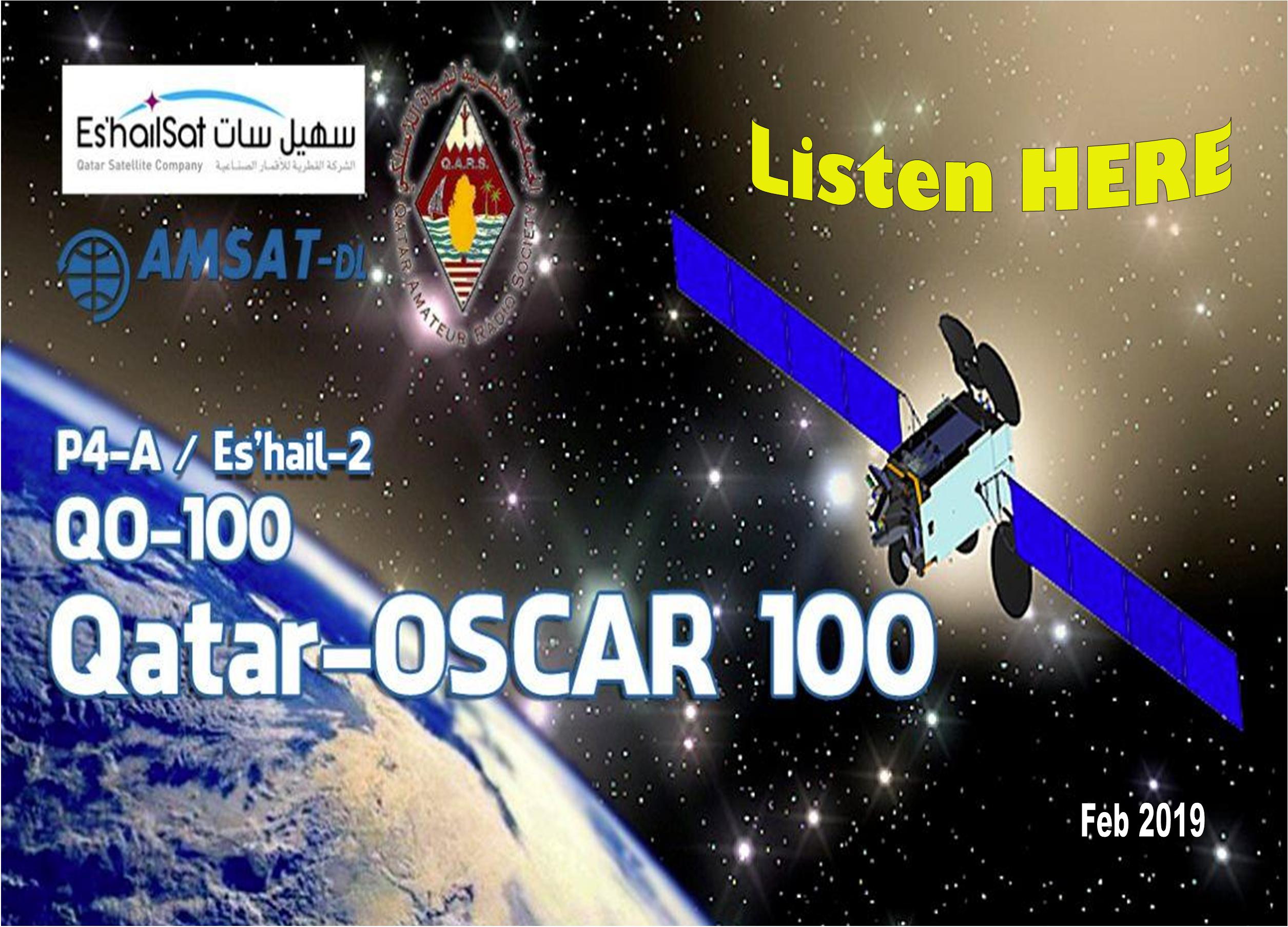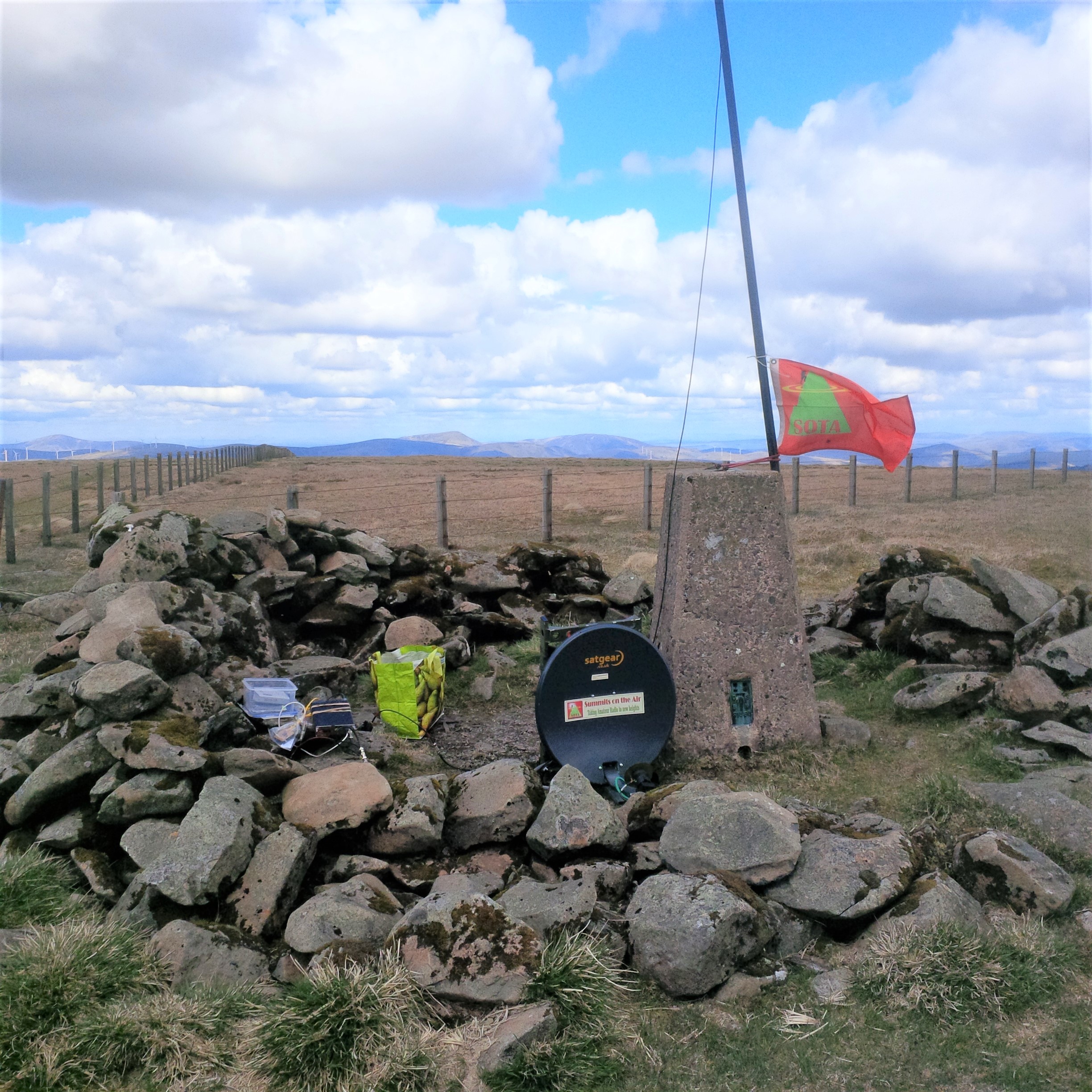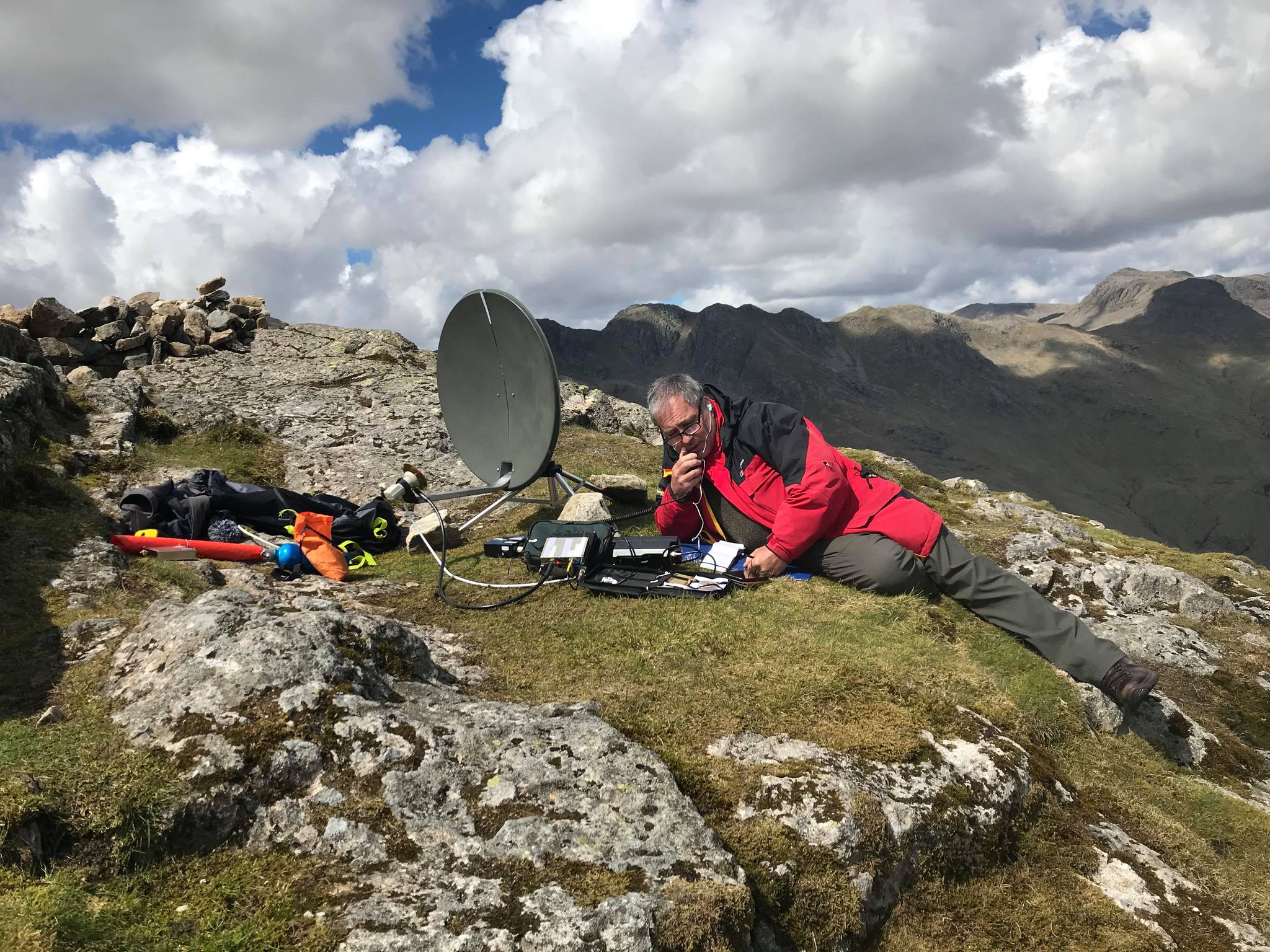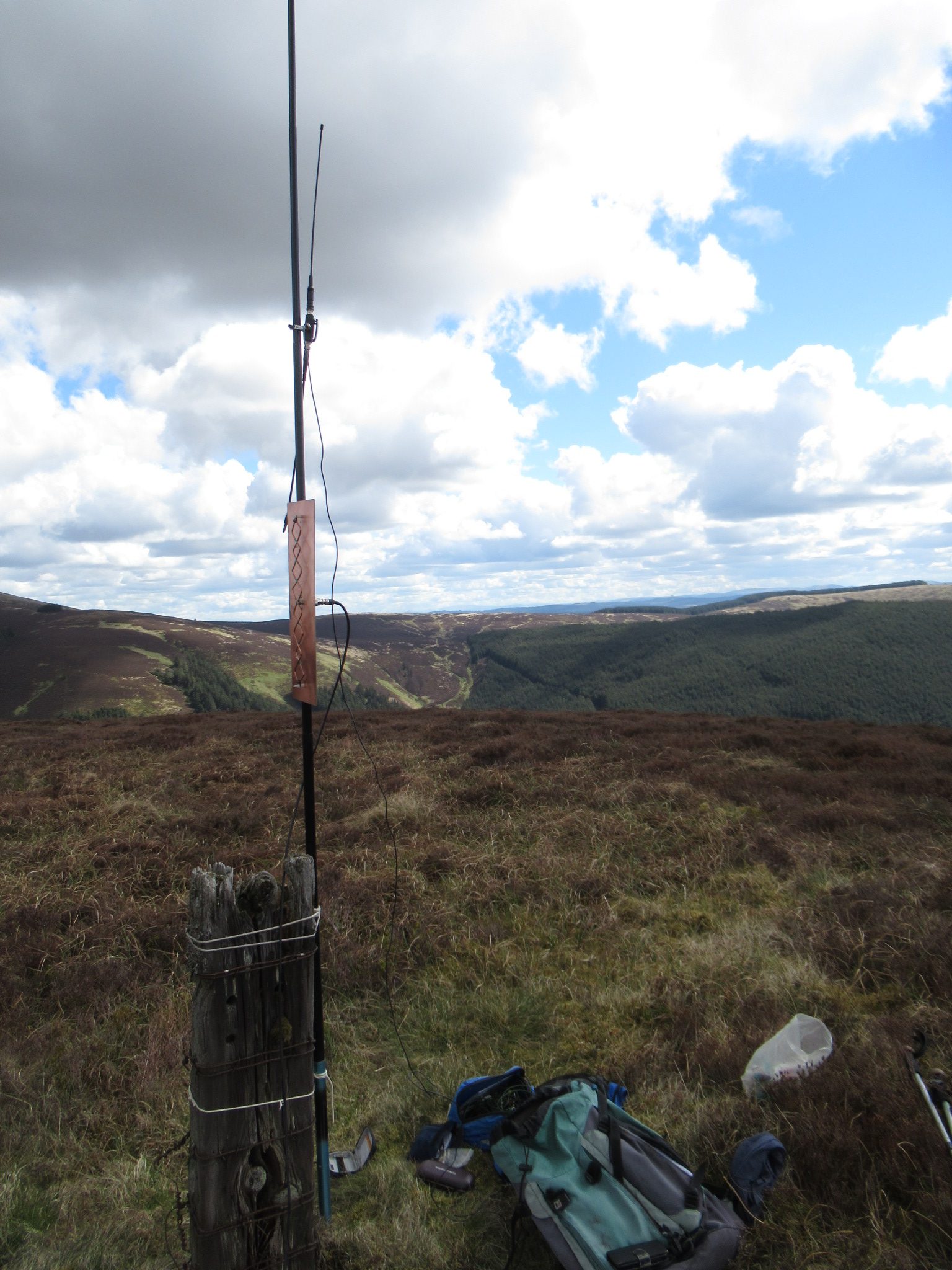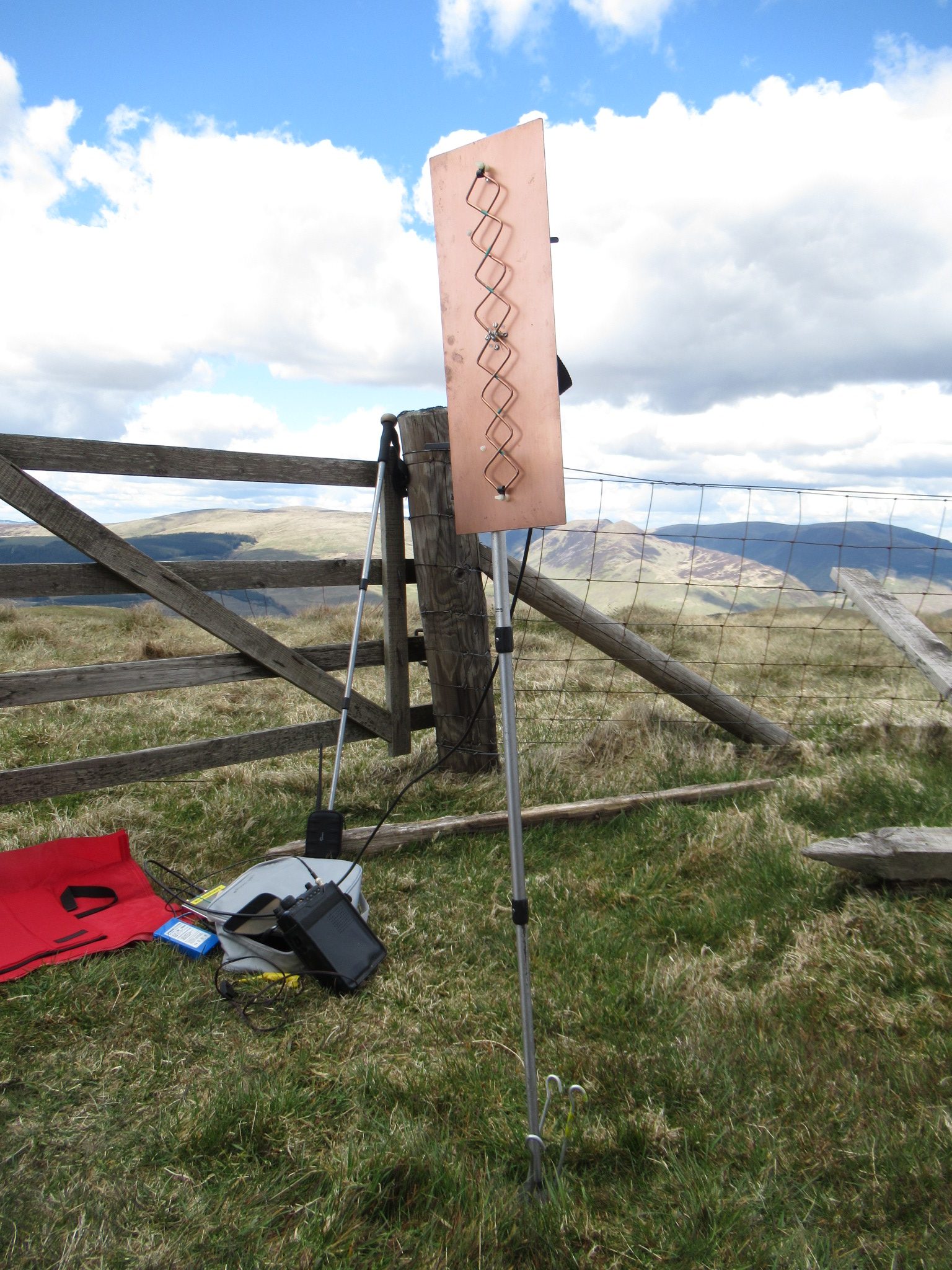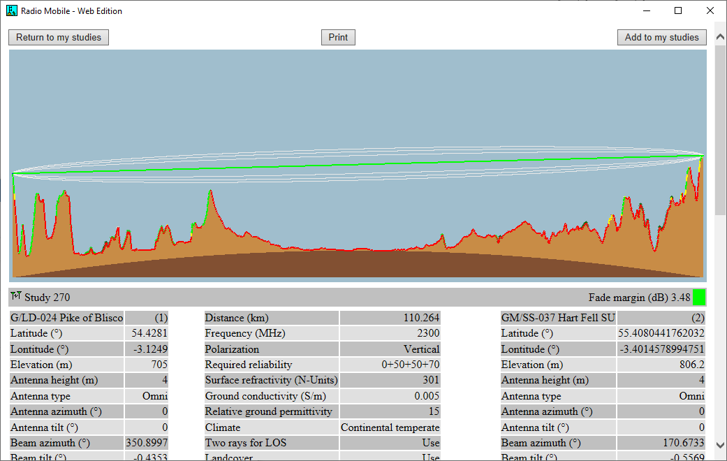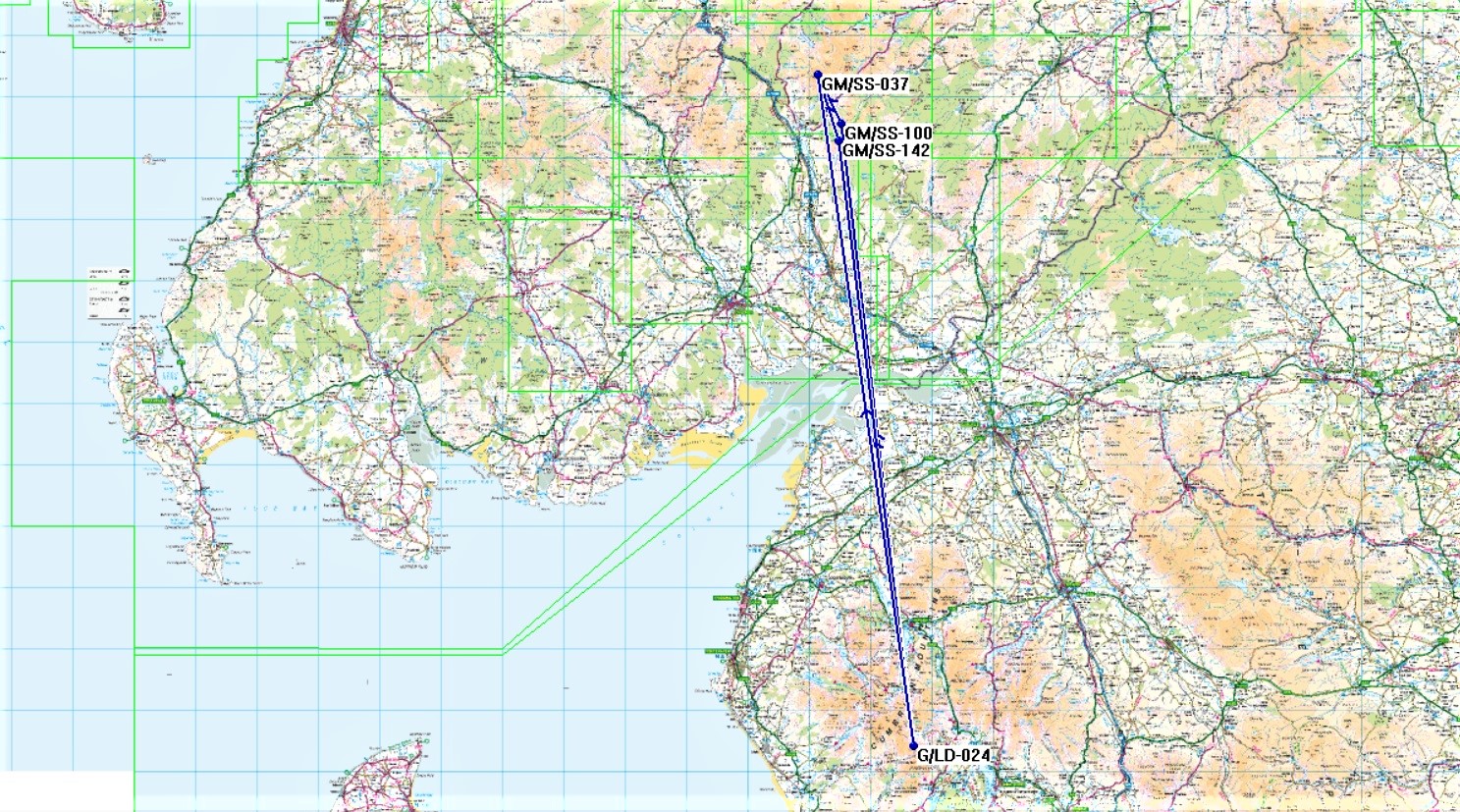Record High Solar Cycle 25 Solar Maximum Sunspot Numbers Have Improved HF Propagation Since Mid-July and Possibly Bringing Worldwide 6 Meter F2 Propagation This Fall.
According to the NOAA Space Weather Prediction Centre (SWPC), Solar Cycle 25 likely reached its highest sunspot number yet of at least 299 on 8th August 2024.
The World Data Centre – Sunspot Index and Long-Term Solar Observations (SILSO) publishes near-real-time Estimated International Sunspot Number (EISN) reports based on its global network of reporting stations. Daily EISN reports during Solar Cycle 25 were consistently well below 200 until suddenly rising to 218 on 14th July and reaching 289 on July 18th, but then declining to 178 on 22nd July 2024.
While occasional brief daily EISN increases are not unusual during solar maximum, after only five days, the daily EISN suddenly rose to 212 on 27th July reaching a Solar Cycle 25 record high 297 on 8th August and remaining mostly well above 200 through this writing on 11th August. Daily EISN reports are likely to remain well above 200 during most days through late September and possibly much longer.
Since February 2002, worldwide 6-meter propagation has been mostly limited to sporadic occurrences of trans-equatorial propagation (TEP) near the equinox months and occasional sporadic-E propagation reaching many thousands of miles during June and July. Worldwide 6-meter F2 propagation may again occur — perhaps very frequently — starting in late October 2024 if daily EISN reports consistently remain well above 200.
More Information – http://www.sidc.be/SILSO/eisnplot and https://www.swpc.noaa.gov/news/solar-cycle-25-likely-reached-highest-sunspot-number-over-20-years

